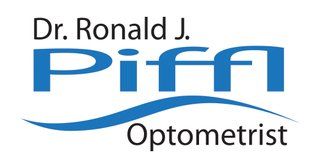Contact Lens Services
Understanding Orthokeratology (Ortho-K)
Orthokeratology, or ortho-k, is a reversible and refractive correction of your eyes that fights myopia (nearsightedness). Myopia affects nearly 3 million Americans every year and causes faraway objects to appear blurry.
The process of orthokeratology involves the overnight use of gas-permeable contacts to reshape your cornea while your sleep.
The three-step process includes:
- An initial exam
- A fitting
- A 1-2 week treatment phase
Orthokeratology is a special treatment that isn’t covered by most insurance plans. Call the office of Dr. Ronald J. Piffle Optometrist today to discuss your options; we recommend ortho-k treatment for children ages 8-12 with progressive myopia.
The Right Age for Contacts
When approaching the subject of contact lenses with your children, you may be worried about whether or not they’re old enough to have them. The right age to receive contact lenses depends on the child and a variety of factors including maturity and vision development. While studies show that most children ages 8-11 can handle contacts, we recommend them for children 11-14.


Share On: